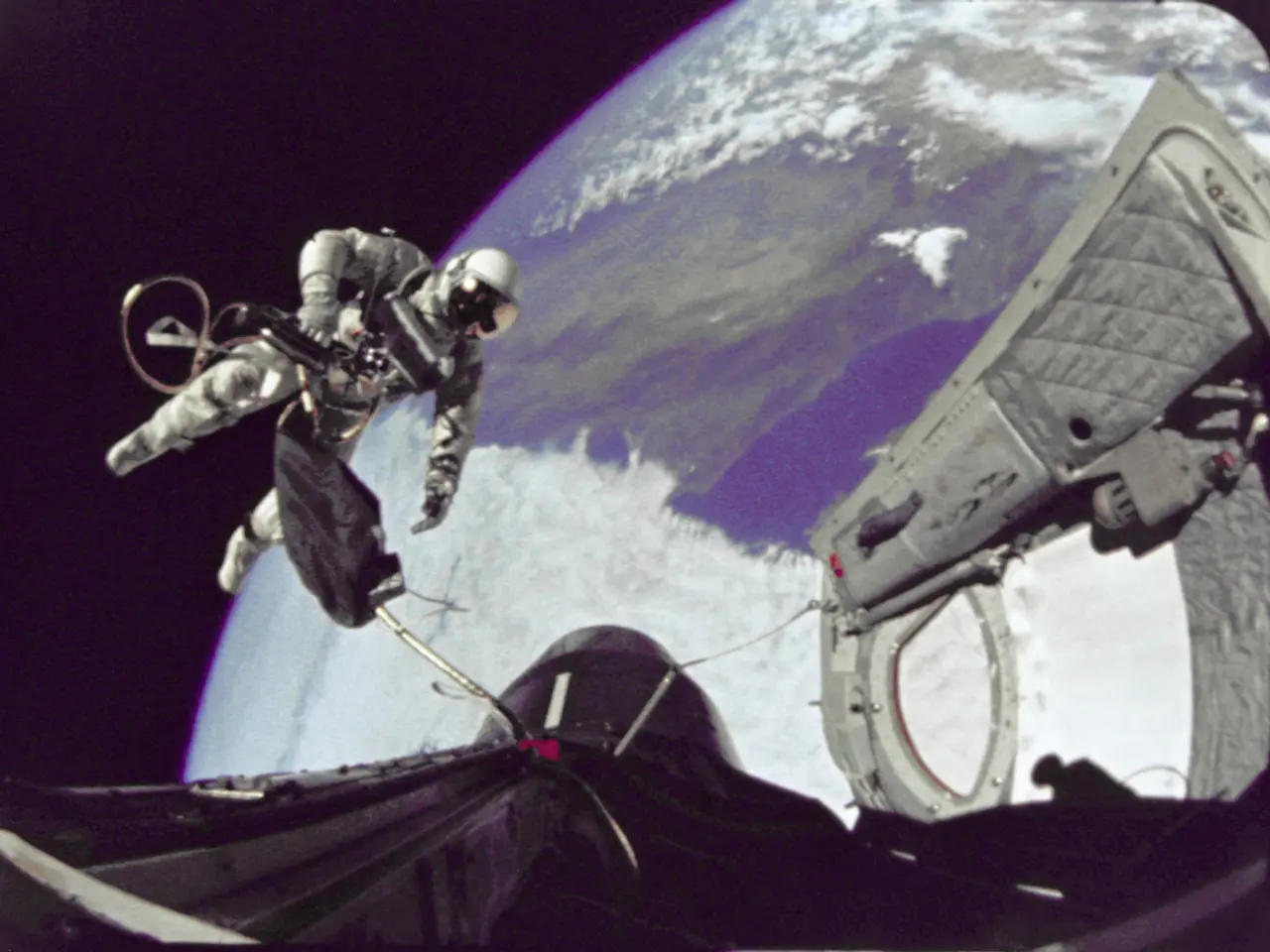NASA's Commercial Low Earth Orbit Destinations Program Update: September 8, 2025 Edition
In the ever-evolving landscape of space exploration, the focus has shifted towards the development of private space stations. This new frontier is being spearheaded by NASA's Commercial Low Earth Orbit (LEO) Destinations Program (CLD), which aims to design homes in space for the future of space colonization.
NASA is exploring innovative solutions such as inflatable habitats and advanced robotics for maintenance. However, the CLD program faces a significant challenge in the form of budget limitations. Despite NASA's overall funding not keeping pace with inflation, the potential for the CLD program to transition space activities smoothly into commercial hands is immense.
Other players, like Gravitics, are developing large-diameter modules for multiple uses, attracting international interest. One such project is Orbital Reef, a scalable station proposing modules from Sierra Space's LIFE inflatable technology and Blue Origin's utilities. Starlab, on the other hand, is a one-piece station launching on Starship, targeting operations in 2028, with a focus on research in microgravity.
Axiom Space is another company working within the CLD program. Their project, Haven-2, aims to succeed the International Space Station (ISS) directly, incorporating artificial gravity via rotation, a first for stations. Axiom Space's mission, the Axiom Station Commercial LEO (Hab One / AxH1 module), is planned for a launch in late June 2025.
Private stations could reshape how humans use space, commercializing LEO, and freeing budget for ambitious goals like lunar bases and Mars landings. They might also enable new industries, from drug discovery to satellite servicing.
However, the path is not without its challenges. Technical issues such as ensuring reliability in harsh space conditions, radiation, micrometeorites, and thermal extremes demand robust designs. Environmental concerns, like orbital debris from deorbiting the ISS, require careful management.
The timelines pose another risk, with developing a space station taking years and delays in launches or testing creating a gap after 2030. Competition from abroad adds pressure, with China's Tiangong station operating and plans for expansions. Market development is uncertain, with space tourism growing but demand for orbital stays remaining nascent.
Despite these challenges, the surge in private investment in space technology and the lowering costs of launching thanks to reusable rockets are making space more accessible. Even the European Space Agency (ESA) and Japan Aerospace Exploration Agency (JAXA) are considering service purchases from private space station developers.
NASA's Human Health and Performance Directorate is also focusing on safeguarding human spaceflight, addressing issues like radiation exposure and muscle atrophy. The Marshall Space Center requires advanced technology for its operations, including propulsion systems, life support systems, and power generation.
India's Indian Space Research Organisation (ISRO) plays a significant role in the space economy, with India aiming for the Moon to maintain its relevance.
In conclusion, the future of space exploration is increasingly becoming a private endeavour. The development of private space stations could revolutionize how we use space, paving the way for a new era of space colonization.
Read also:
- Increase in Electric Vehicle Charging Stations Across U.S., But Is It Sufficient?
- The current status of green hydrogen for developing countries following the wave of hype: Assessment of remains
- Rapid Growth in Bio-based Polypropylene Sector Anticipated at a Compound Annual Growth Rate of 26.5% by 2034
- Potential Fire Hazards in U.S Power Grids Due to Artificial Intelligence Data Facilities








